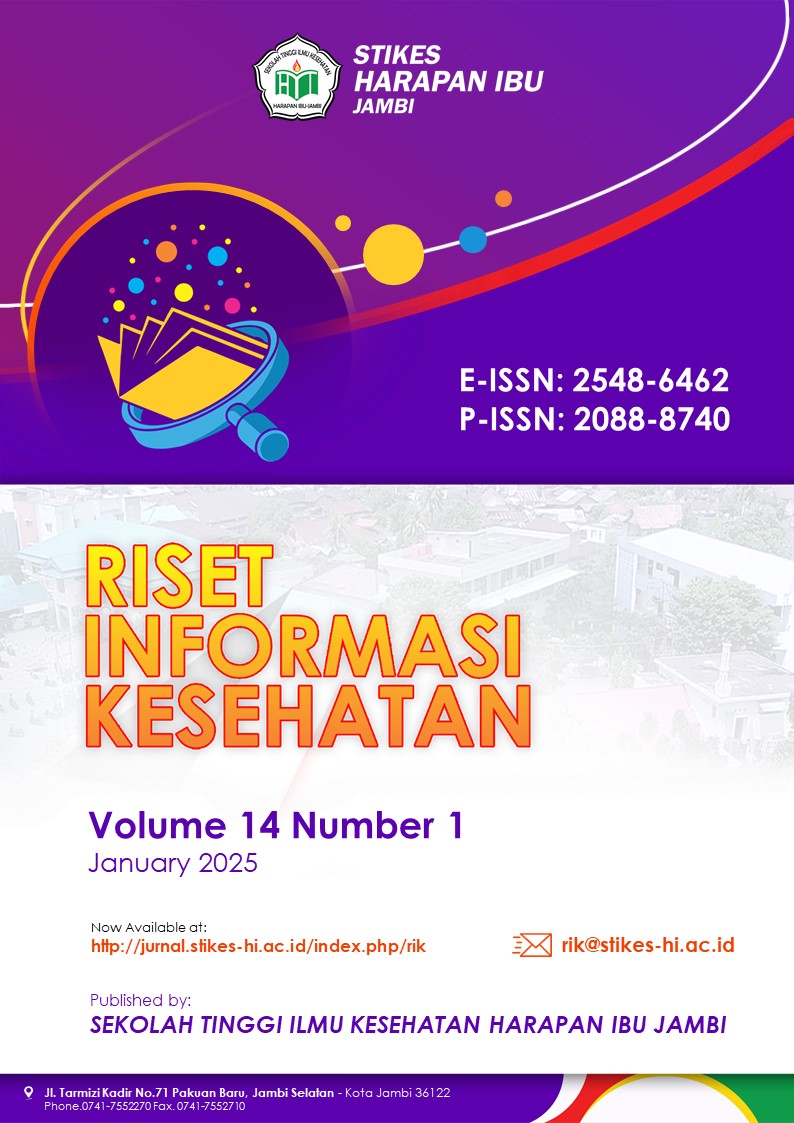Abstract
Background : SMK 4 Pekanbaru is the only vocational school that focuses on batik production as a field of expertise to preserve the traditional batik of Riau. The batik production process generates wastewater at this school, which is discharged directly into the drainage system without any treatment. Wastewater, whicih is generally not well managed, has the potential to pollute the surrounding environment, particularly soil and water. This study aims to assess the characteristic of the wastewater and the effectiveness of phytoremediation using water spinach in reducing lead concentrations in batik wastewater.
Method : this research is a laboratory experimental study that analyzes the charactistics of batik wastewater produced and tests the effectiveness of phytoremediation using water spinach to reduce lead content in batik wastewater, using a pretest-posttest controlled group design. Data were analyzed using frequency and descriptive test and paired sample test.
Results: he analysis of the characteristics of the wastewater shows that several parameters exceed the threshold values, namely pH, BOD5, COD, and chromium. The phytoremediation test using water spinach (Ipomoea aquatica) was able to reduce the lead (Pb) content in batik wastewater. The results of paired samples test provide strong evidence that water spinach effectively reduces lead concentration
Conclusion : Phytoremediation process using water spinach is promising method for mitigating lead contamination in wastewater

This work is licensed under a Creative Commons Attribution 4.0 International License.
Copyright (c) 2025 Riset Informasi Kesehatan

